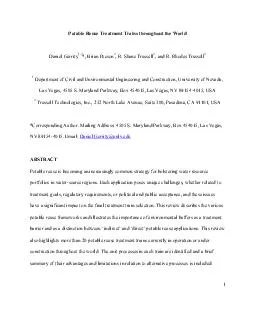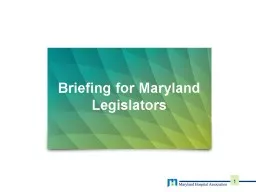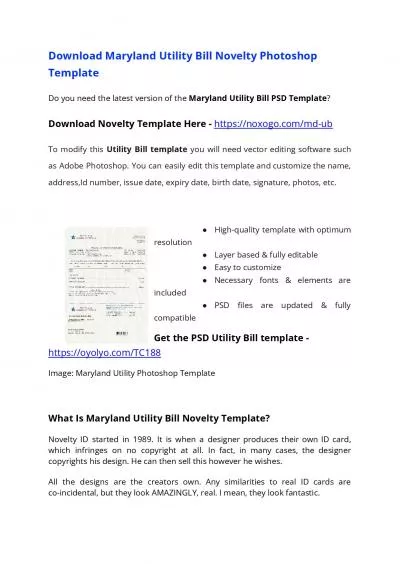PDF-da, Las Vegas, 4505 S. Maryland Parkway, Box 454015, Las Vegas, NV 891
Author : calandra-battersby | Published Date : 2015-09-28
Powdered activated carbon RO Reverse osmosis RWC Recycled water contribution SRT Solids retention time TOC Total organic carbon TOrC Trace organic contaminant TSS
Presentation Embed Code
Download Presentation
Download Presentation The PPT/PDF document "da, Las Vegas, 4505 S. Maryland Parkway,..." is the property of its rightful owner. Permission is granted to download and print the materials on this website for personal, non-commercial use only, and to display it on your personal computer provided you do not modify the materials and that you retain all copyright notices contained in the materials. By downloading content from our website, you accept the terms of this agreement.
da, Las Vegas, 4505 S. Maryland Parkway, Box 454015, Las Vegas, NV 891: Transcript
Download Rules Of Document
"da, Las Vegas, 4505 S. Maryland Parkway, Box 454015, Las Vegas, NV 891"The content belongs to its owner. You may download and print it for personal use, without modification, and keep all copyright notices. By downloading, you agree to these terms.
Related Documents














